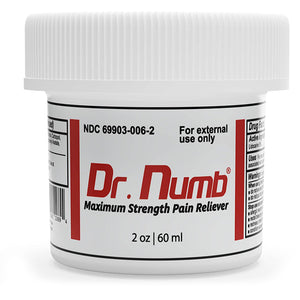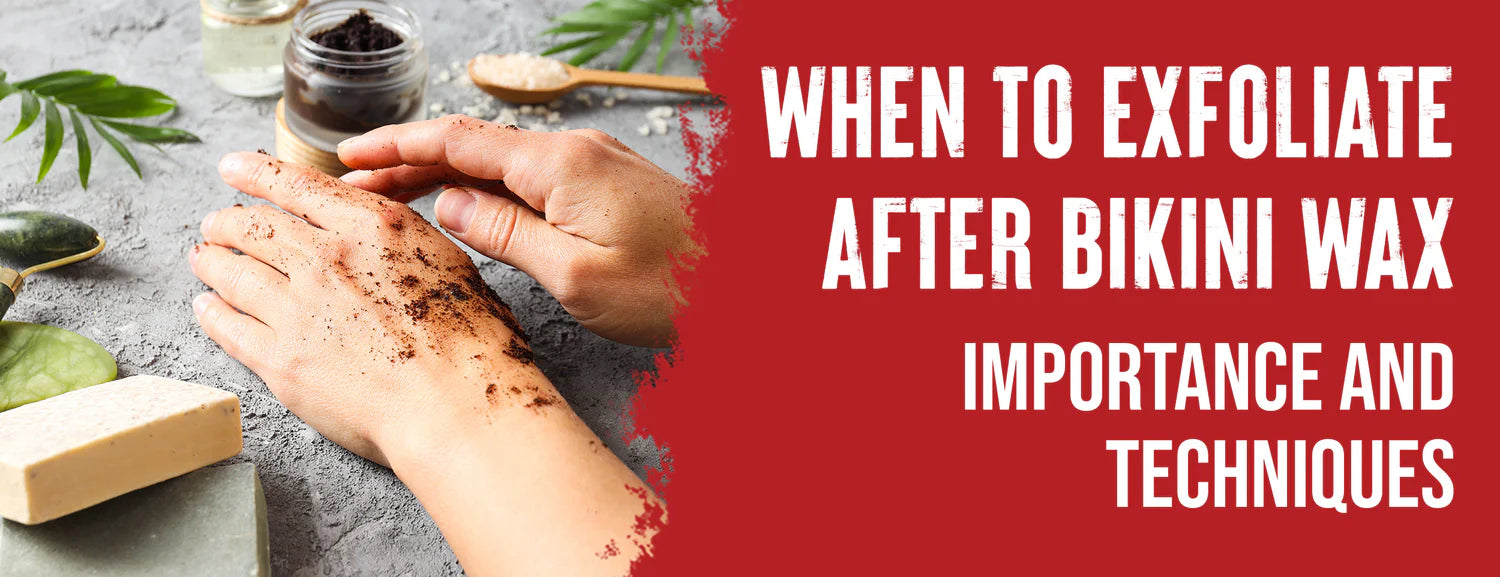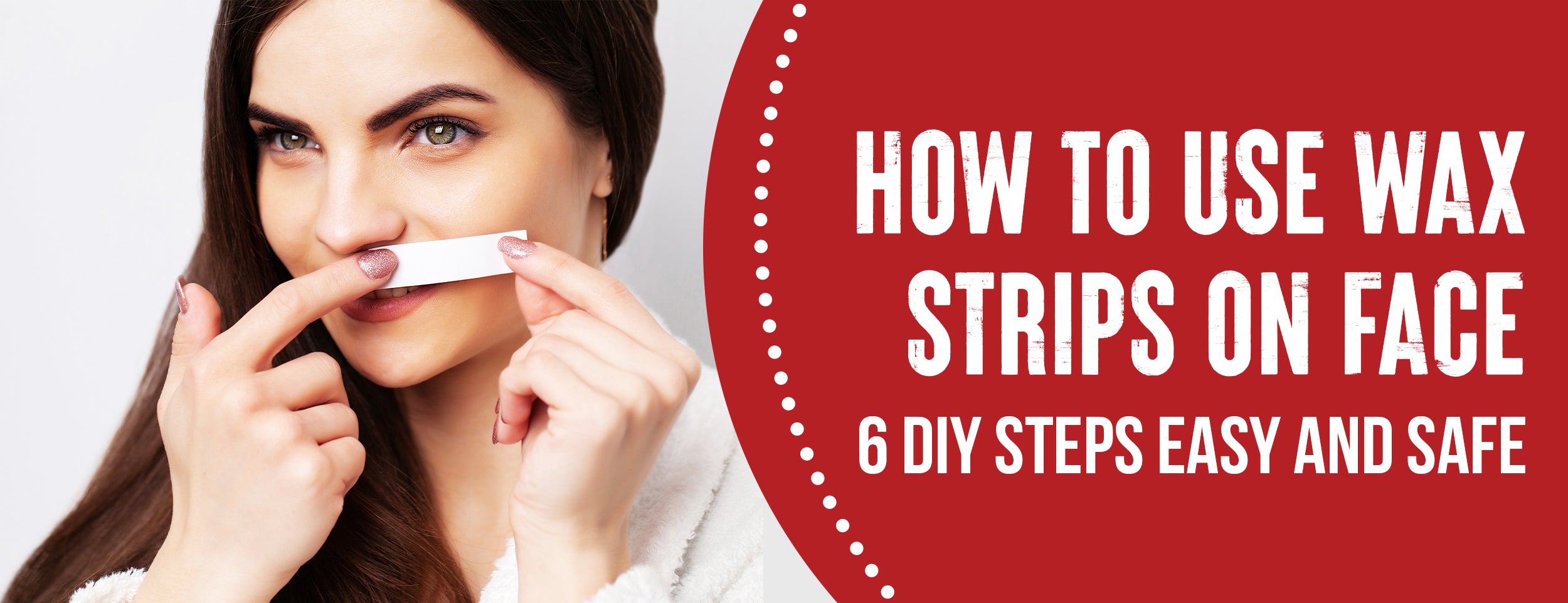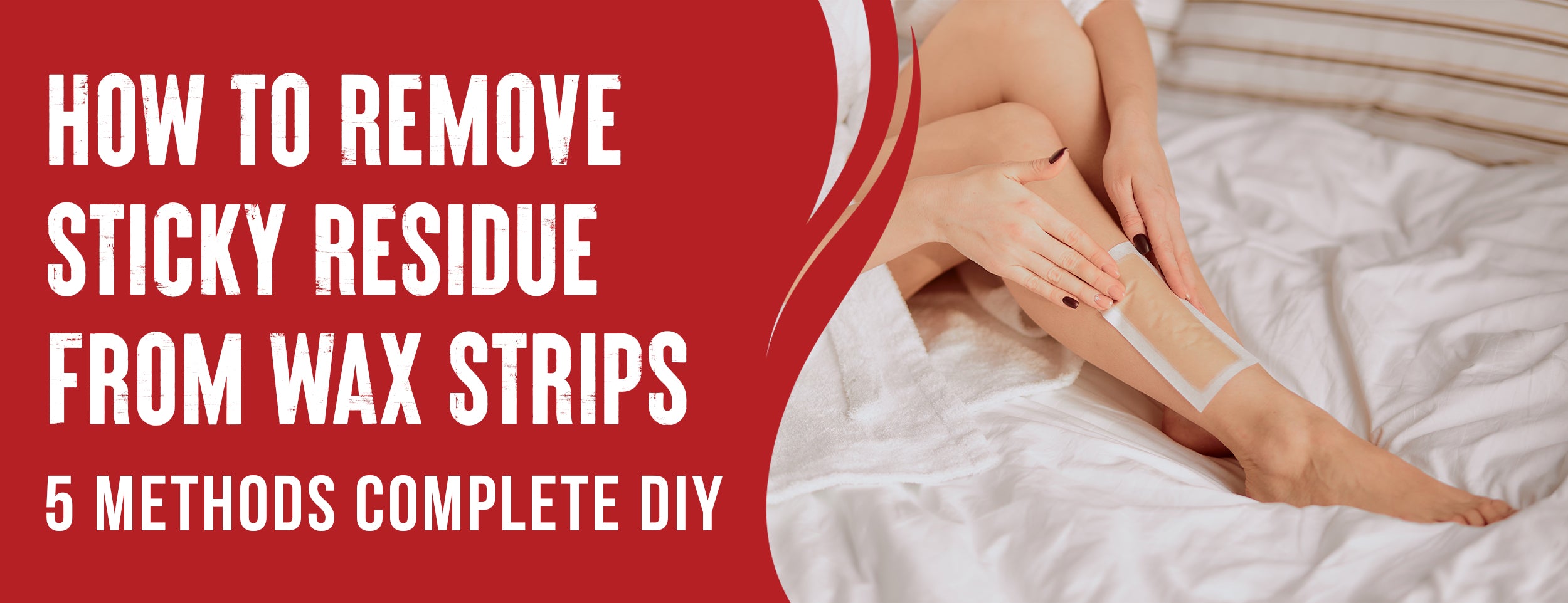You can still get waxing done with bumps and ingrown hairs. These issues are common and can occur anywhere on the body. Exfoliating problem areas beforehand can help, but it won't prevent waxing.
Yes, waxing can help get rid of ingrown hairs by removing the hair roots from the follicle, reducing the chances of hair growing back into the skin.
We will explore the different types of waxing methods and the techniques for preventing ingrown hairs during and after waxing.
Will Waxing Get Rid Of Ingrown Hairs: Different Types & Impact

It is essential to understand that not all waxing methods are created equal when preventing ingrown hairs. We will discuss the different waxing ways that can help prevent ingrown hair formation.
Types of Waxing
There are three types of waxing methods: soft waxing, hard waxing, and sugar waxing. Each has a different impact on ingrown hair formation.
- Soft waxing: This method involves applying a thin layer of wax to the skin and removing it with a cloth strip. Smooth waxing can irritate the skin, and pulling can cause more ingrown hairs.
- Hard waxing: The process involves applying a thicker layer of wax that hardens and is then pulled off without using a cloth strip. Hard waxing can be less irritating to the skin and cause fewer ingrown hairs.
- Sugar waxing: This method uses sugar, lemon juice, and water to create a sticky wax. The wax is applied in the opposite direction of hair growth and removed accordingly. Sugar waxing can be gentler on the skin, resulting in fewer ingrown hairs.

Factors to Consider
Before choosing a waxing method, it is essential to consider several factors that can affect ingrown hair formation:
- Skin sensitivity: Ingrown hairs are more likely to occur in people with sensitive skin. They should opt for a waxing method that is gentle on the skin, such as sugar waxing.
- Hair thickness and texture: Thicker and curlier hair is more prone to ingrown hairs. Hard waxing can be a good option for these hair types as it can pull the hair out more effectively.
- Targeted area for hair removal: Some body areas, such as the bikini line, may be more prone to ingrown hairs. Consider a waxing method best suited for that area, such as sugar waxing for the bikini line.
Recommendations
If you are looking to prevent ingrown hairs, consider these recommendations when choosing a waxing method:
- Opt for sugar waxing when possible, as it causes less irritation and ingrown hairs.
- Consider switching to hard waxing for thicker, curlier hair, as it can remove the hair more effectively.
- Prepare the skin properly before waxing to prevent ingrown hairs. This can include exfoliating and using an ingrown hair serum.
- Let your hair grow long enough before waxing. When the hair is too short, it can break under the skin and cause ingrown hairs.
Waxing Gets Rid of Ingrown Hairs: Prevention Tips

Proper techniques and precautions will prevent ingrown hairs and allow you to enjoy smooth skin after waxing.
Exfoliate and Moisturize
Before waxing, it is essential to prepare your skin so that it is ready to be waxed and to reduce the risk of ingrown hairs. The following are some steps to follow before waxing:
- Exfoliate the skin: Dry skin cells are removed by exfoliating, preventing pores from clogging. This allows for a smooth waxing experience and helps prevent ingrown hairs.
- Moisturize the skin: Hydrated skin is less likely to develop ingrown hairs. Regularly moisturizing your skin is, therefore, essential. Avoid applying oil or lotion to the skin on the waxing day, as this can interfere with the waxing process.
Techniques During Waxing
A proper waxing technique prevents ingrown hairs. Here are some methods that you should follow:
- Pull hair toward its growth: When removing hair, pull it in the same order it is growing. This is because pulling hair in the opposite direction can cause hair to break off or become ingrown.
- Apply enough pressure to remove hair from the roots: Ensure that the wax adheres to the hair and skin to remove the hair from the sources. This helps to avoid ingrown hair, as hair grows finer and is less likely to become trapped under the skin.
- Use the right wax temperature: The wax should be at the right temperature to be effective and safe for the skin. If the wax is too hot, it could burn the skin, while if it's too cool, it will not adhere sufficiently to the hairs, making it difficult to remove them.
Tips for After Waxing:
After waxing, your skin is vulnerable and requires proper care to prevent ingrown hairs. Here are some tips to follow:
- Keep the skin clean and dry: It is essential to avoid sweat and moisture for the first 24-48 hours after waxing to allow the skin to heal. A clean and dry environment will also prevent infections and bacteria from growing.
- Avoid tight clothing: Wearing a tight dress or underwear that causes friction can irritate the skin and increase the risk of ingrown hairs. Opt for loose, comfortable clothing instead.
- Moisturize the skin regularly: Keeping your skin moisturized can prevent ingrown hairs and promote skin healing. It also keeps your skin looking and feeling smooth.

Conclusion
We have explored the question of whether waxing can get rid of ingrown hairs or make them worse. We have provided detailed information about the different waxing methods and their effects on ingrown hair formation.
We also recommend choosing the best way for your skin and hair type. We have also discussed the following techniques before, during, and after waxing to avoid and treat ingrown hairs.
You no longer have to be frustrated with ingrown hairs after waxing. With the information in this blog post, you can take the necessary steps to prevent and treat them.
Taking care of your skin is essential, starting with knowing how to remove your hair correctly.














